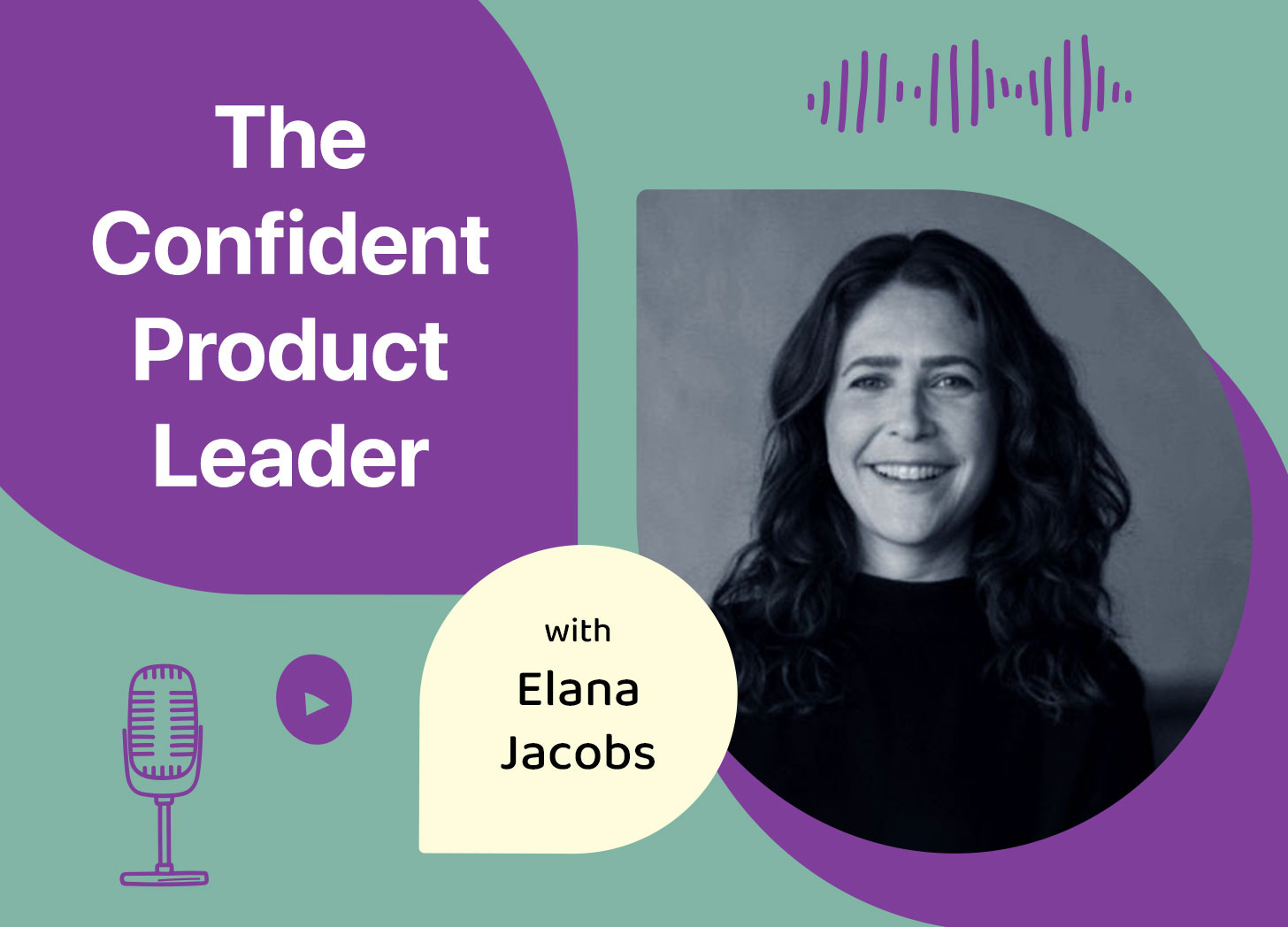From Crisis to Clarity
How Product Leaders Navigate High-Stakes Decisions with Elana Jacobs
Decision-making is one of the most critical skills for product leaders. It’s easy to feel pressure when your choices can impact lives, livelihoods, or a company's success. Whether you're steering a team through a crisis or scaling for growth, how do you ensure your decisions are sound? Elana Jacobs, a seasoned product leader who has driven social impact at organisations like Crisis Text Line and Kickstarter, and now in her new role as Head of Platform at One Project, shares her philosophy and actionable advice.
Product leaders often face decisions where the right path isn’t clear, and the stakes feel immense. Elana puts it succinctly: “In high-impact contexts, the first thing is to do no harm.” Balancing user needs, business objectives, and ethical considerations is never straightforward. Leaders must navigate ambiguity, limited data, and the risk of unintended consequences.
It’s no wonder that some product leaders get stuck in analysis paralysis or, worse, make decisions that erode trust with their teams or users.
When the Stakes Are Lives
Elana faced a particularly daunting challenge at Crisis Text Line, a service providing text-based crisis intervention. Initially, users were served in the order they reached out. But with issues ranging from homework anxiety to immediate risk of self-harm, it became clear that a triage system was needed.
“We wanted to prioritize those in imminent danger,” she explains. “But introducing a triage system using a language-learning model wasn’t risk-free. What if the system missed critical cues or misunderstood cultural nuances in how people express crises?”
The team approached this cautiously. They started with dummy data, tested the model on low-risk populations, and incrementally scaled its implementation. This deliberate approach ensured the system didn’t compromise anyone’s safety.
A Framework for Decision-Making
Elana’s approach offers a replicable framework for making high-stakes decisions:
Do No Harm: This principle guided every step at Crisis Text Line. Before moving forward, evaluate whether the decision could lead to unintended negative consequences.
Prioritise Clarity Over Certainty: “You’ll rarely have all the data you want,” says Elana. “But clarity about your goals and values can guide you in the right direction.”
Start Small and Iterate: Break down big decisions into smaller milestones. Early testing and adjustments provide quick feedback without massive risks.
Evaluate the Door: Is it a one-way or two-way decision? Elana advises spending more time on irreversible choices while being quicker with reversible ones.
Key Steps
For the Growing Product Leader:
Build a decision-making framework that prioritises clarity and organisational values.
Evaluate if your decisions align with your company’s North Star metrics or mission.
Involve your team in the process to encourage diverse perspectives.
For the Emerging Product Leader:
Focus on clarity and risk assessment before executing decisions.
Practice breaking decisions into milestones to test and adapt incrementally.
Learn to identify whether a decision is reversible to avoid overanalysing.
Mistakes to Avoid
Chasing Certainty: Don’t wait for perfect data—it rarely exists. Instead, work with what you have and prioritise clarity.
Overlooking Values: A decision that achieves short-term goals but compromises organisational ethics can have long-term repercussions.
Skipping the Small Steps: Rushing big decisions without smaller tests can lead to unintended outcomes.
Ignoring Team Input: Decisions made in isolation often miss critical perspectives, leading to blind spots.
Conclusion
Leadership isn’t about having all the answers. As Elana says, “You can always change course if you have to, as long as you keep the higher-level principles and values in mind.” Whether you’re deciding how to scale your product or how to respond to a crisis, clarity, caution, and iteration are your best allies.
The next time you face a high-stakes decision, remember: it’s not about being perfect—it’s about being principled, clear, and courageous.


